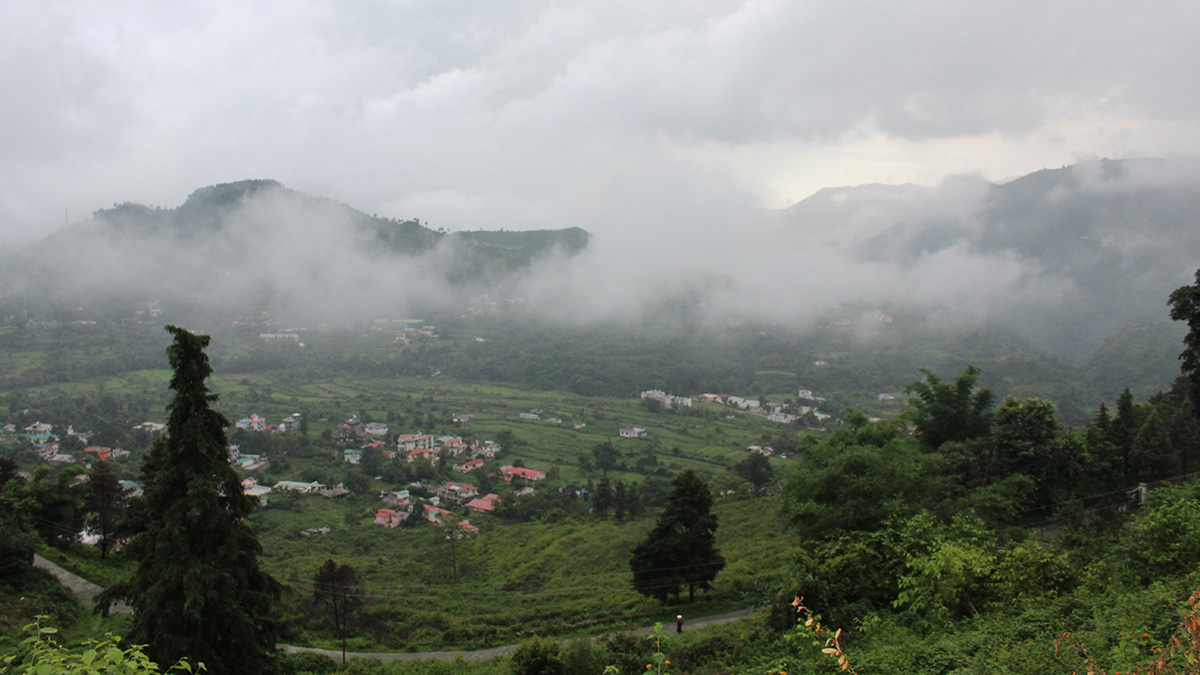Higher sea surface temperatures could turn the South Asian monsoon weaker and drier, researchers said, upending current climate models’ projections of a stronger monsoon due to more solar radiation. Understanding future changes in the South Asian monsoon is crucial to the food and water security of billions of people.
The new findings, published in the Proceedings of the National Academy of Sciences of the United States of America, are based on monsoon rainfall records spanning the past 130,000 years in the Ganges-Brahmaputra-Meghna river catchment. They showed that the South Asian monsoon was weaker during the last interglacial period (130,000–115,000 years ago), despite stronger radiation from the Sun, when compared with the present.
Testing an Assumption
There is no clear understanding of the impact of climate change on the monsoon because of inconsistencies in model projections, the authors said. The underlying assumption has been that the higher the Sun’s radiation, the wetter the monsoon.
To test the assumption, scientists at a trio of universities in Germany used proxy clues such as records of seawater salinity and fossils of leaf wax. To their surprise, they found that sea surface temperatures (SSTs) influenced the South Asian monsoon more than the Sun’s radiation did.
“While model results tend towards higher monsoonal rainfall during this last interglacial period, our data from marine archives—the isotopic composition of fossil molecules from leaf waxes from the rain forest that were transported into the Bay of Bengal and deposited at the seafloor at that time—suggest the opposite: less rainfall,” said study author Ralph Schneider from Kiel University.
Higher SSTs in the Bay of Bengal led to more rain directly above the ocean, but less rain on land, particularly in the Ganges-Brahmaputra-Meghna basin. SSTs, therefore, “exert a dampening effect on land precipitation in much of South Asia,” said coauthor Yiming Wang from the department of archaeology at the Max Planck Institute for the Science of Human History, in Berlin.
A Deeper Dive into the Indian Ocean
“In all aspects, the Indian Ocean is very much linked to the Indian monsoon, and we need to understand the Indian Ocean better in terms of more observations and also more modeling work.”
A warming equatorial Indian Ocean increases convection over the ocean and reduces the temperature gradient between the land and the ocean, which can suppress rainfall over the mainland, said Madhavan Nair Rajeevan of the National Centre for Earth Science Studies in Thiruvananthapuram, Kerala, India. Rajeevan was not a part of the new research. Other studies, however, have shown the reverse, he said. “In all aspects, the Indian Ocean is very much linked to the Indian monsoon, and we need to understand the Indian Ocean better in terms of more observations and also more modeling work.”
The new findings aligned with previous research from the Indian Institute of Tropical Meteorology (IITM) in Pune. “Since the 1950s, monsoon rains over some regions of central north India and Western Ghats have been declining due to the rapid warming in the Indian Ocean,” said IITM climate scientist Roxy Koll.
Wang, too, emphasized the importance of a regional understanding of the effects of a weakening monsoon. “It is urgent for us to understand the heterogenous response in different parts of South Asia,” she said.
Finally, a weakening overall monsoon does not stop instances of heavy rains during the season, Koll noted. “While the total amount of rainfall during the season has decreased, the number of heavy rains [has] increased in India,” he said. This is because global warming has resulted in increased fluctuations in the winds, which result in short spells of heavy rains in between long, dry periods with little or no rainfall.
—T. V. Padma (@tvpadma), Science Writer

